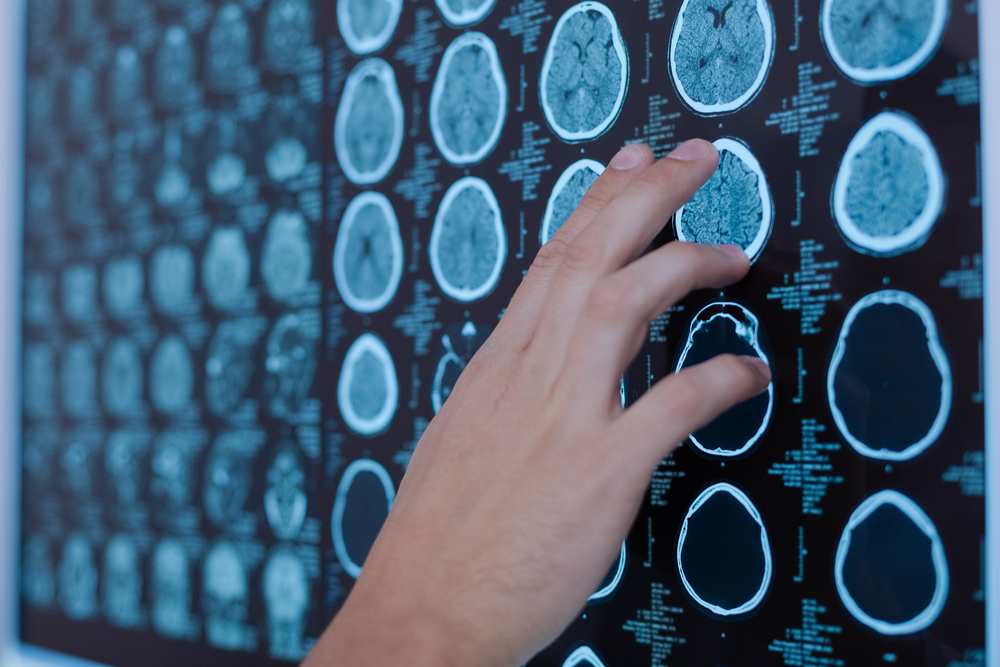Clinical Evolution of Batten Disease in Young Adult Siblings Described in Case Report

Long-term follow-up of two siblings with Batten disease unveiled symptoms of slowly progressive motor deterioration, persistent photosensitivity, and seizures without dementia, according to a case report.
The case report, “Long-term follow-up of two siblings with adult-onset neuronal ceroid lipofuscinosis, Kufs type A,” was published in the journal Epileptic Disorders.
Researchers analyzed the medical records of two Turkish siblings, whose parents are first cousins, diagnosed with adult-onset neuronal ceroid lipofuscinoses (NCLs), also known as Batten disease, linked to a mutation in the CLN6 gene.
NCLs are a group of inherited, neurodegenerative disorders characterized by progressive intellectual and motor deterioration, seizures, and early death. Vision loss is a feature of most forms of Batten disease.
While the features of infantile- and childhood-onset forms have been widely reported, that of juvenile- or adult-onset NCLs are still scarce.
Both siblings — an 18-year-old-girl and a 26-year-old man — had seizures and cerebellar signs, with slow progression of ataxia, or impairments in coordination, balance, and speech. They showed no signs of mental deterioration, but had severe obsessive-compulsive disorder and depression.
Their electroencephalogram (EEG) exams — a test that records the electrical activity of the brain by picking up electrical signals from brain cells — showed generalized spikes of electrical activity and slow waves during the periods they were awake and during visual stimulation, without significant changes throughout the clinical course.
Both patients had normal brain scans, assessed using magnetic resonance (MRI) imaging, at disease onset. Both developed gradual and progressive degeneration of the outer layer of the brain, known as cortical atrophy. This degeneration was more prominent in the girl, who had more severe clinical findings and longer disease duration.
She began treatment with carbamazepine (an anti-epileptic treatment sold under the brand name Tegretol, among others) but switched to valproate (an anti-convulsant sold in the U.S. as Depakene) at 500 mg/day after lack of an effective response.
After a year of being seizure-free, she began to develop generalized seizures and eyelid myoclonia — a form of epileptic seizure characterized by jerking of the eyelids, especially when directly exposed to daylight.
She was prescribed several other anti-epileptic therapies without success and was given piracetam (a neuroprotective and anti-convulsant agent, sold as Breinox) that, at a high dose of 60 g/day for two weeks, led to a dramatic improvement in both seizures and walking capacity (gait ataxia).
“She continued oral piracetam at 32 mg/day, topiramate at 75 mg/day, and VPA at 1,000 mg/day. Her recent brain MRI at the age of 37 years demonstrated prominent global cortical atrophy,” the researchers wrote.
Her brother also started Valproate treatment at 500 mg/day, and as the seizures continued, piracetam at 9.6 g/day and the anti-epileptic Topamax (TPM) at 100 mg/day were added to his regimen, leading to improvements in his seizures.
“Patients with adult-onset NCL may present with slowly progressive ataxia, persistent photosensitivity, and seizures without dementia or extrapyramidal findings. Brainstem abnormalities become more evident with time, in line with ataxia. Piracetam is effective for both seizures and ataxia,” the authors concluded.





